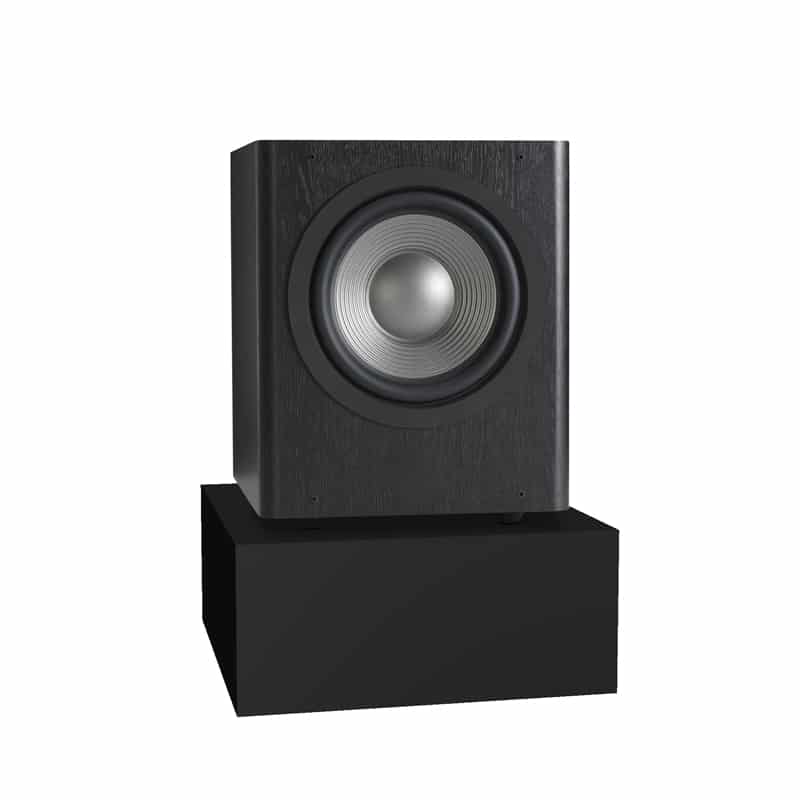Keith_W
Major Contributor
I was wondering what ASR thinks of this video.
TLDR:
- Bass modes are formed by reflections from walls. Not the corners.
- What % of the wall is treated by the corners? Answer: a very small surface area.
- Corner traps are a marketing con designed to sell traps to people to put in corners, where there is usually nothing anyway
Sadly, no measurements.
TLDR:
- Bass modes are formed by reflections from walls. Not the corners.
- What % of the wall is treated by the corners? Answer: a very small surface area.
- Corner traps are a marketing con designed to sell traps to people to put in corners, where there is usually nothing anyway
Sadly, no measurements.

